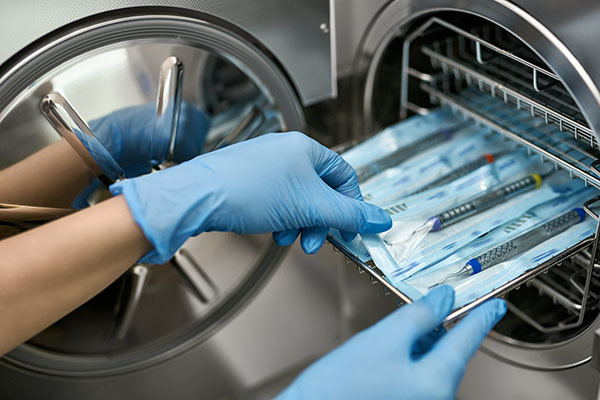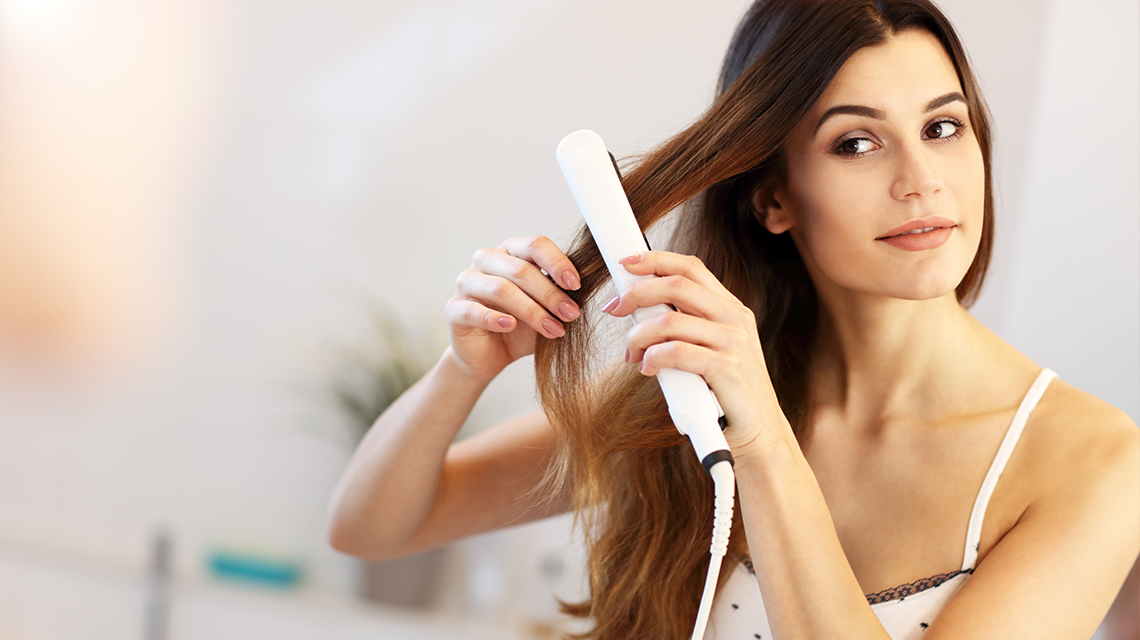Heat styling is a popular method for achieving the desired hairstyle. Hot hair tools have been used for centuries! However, heat damage does exist and can manifest as split ends, frizz, and breakage.
You might have noticed that your hair isn’t as resistant to a blow dryer or curling iron as it once was. This is because, whether we like it or not, as we get older, our hair texture changes. Aged hair frequently exhibits dryness, and we all understand that heat causes dehydration.
Heat damage can occur more quickly in aging hair. Hormonal fluctuations can exacerbate dryness, which can also affect our hair. Your hair texture is another factor that can influence the best way to protect your hair from high heat.
Different types of hair react to heat in different ways! As we age, our hair becomes thinner. Thin hair is more vulnerable to heat damage because it provides less thermal protection than thicker strands.
Whether you prefer heat styling with a blow dryer, curling iron, or flat iron, the problem remains the same. To avoid hair damage, keep your hair away from high heat. Thermal protection products can be useful.
How Heat Styling Can Cause Hair Damage
- Heat damage: When you use heat-styling tools, the high temperatures can damage the protein bonds in your hair, causing it to become brittle, dry, and breakage. This can also cause split ends and frizz.
- Moisture loss: Heat styling tools can also strip your hair of moisture. The high temperatures can evaporate the water molecules in your hair safely, leaving it dehydrated and breakage.
- Color fading: If you color your hair safely, using heat styling tools can cause the color to fade faster. This is because the high temperatures can open up the cuticles of your hair, allowing the color molecules to escape.
- Scalp damage: Heat styling tools can also cause damage to your scalp. The high temperatures can burn your scalp, leading to discomfort and even hair loss.
- Permanent damage: Over time, heat styling can cause permanent damage to your hair. This can result in thinning, frayed ends, and reduced elasticity.
What are the Advantages of Using Heat Protectants?
- Protecting your hair (hair safe) from heat damage: Heat protectants create a barrier between your hair and the high temperatures of styling tools, reducing the risk of damage and breakage.
- Reducing frizz: Heat protectants can help smooth your hair cuticle, reducing frizz and flyaways caused by heat styling.
- Adding shine: Heat protectants often contain ingredients that can add shine and enhance the overall appearance of your hair.
- Making hair easier to style: When hair is protected, it can be easier to style, allowing you to achieve your desired look more quickly and with less effort.
- Whether you are styling your hair at home or having your hairstylist do it, it is always critical to protect your hair from damage.
- It’s also a good idea to make sure your hair is getting enough moisture and, if possible, nutrients to help it thrive.
Hot water baths are safe for hair?
Bathing with hot water can have some negative effects on your hair, especially if you do it frequently. Here are some potential risks:
• Dryness: Hot water can strip your hair of its natural oils, leaving it dry and brittle.
• Breakage: Hot water weakens the hair shaft, breakage, and split ends.
• Scalp irritation: Hot water can also irritate the scalp, causing dryness, itching, and flakiness.
• Color fading: water can cause the color to fade more quickly
Overall, using a heat protectant is an easy and effective way to protect your hair from heat damage and maintain healthy, shiny locks.




